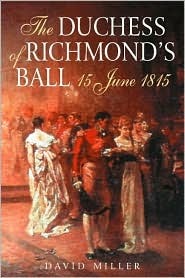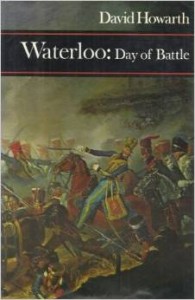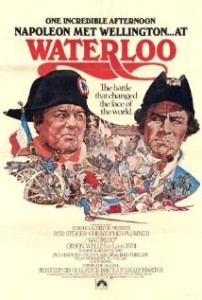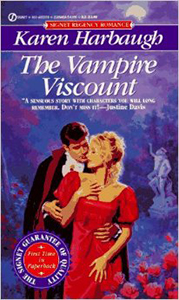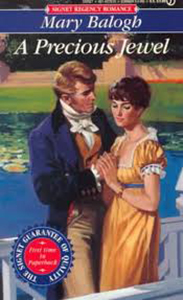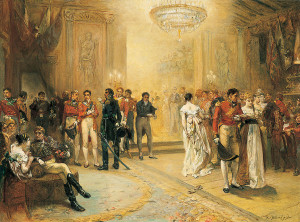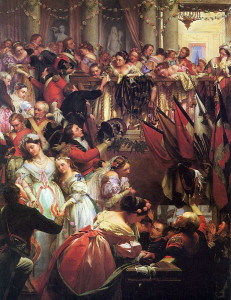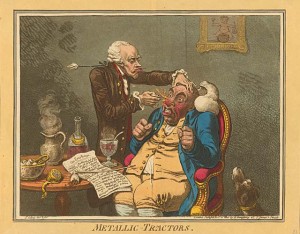 This week the dh is going to have back surgery and that got me thinking about what surgery was like in the early 1800s.
This week the dh is going to have back surgery and that got me thinking about what surgery was like in the early 1800s.
It wasn’t pretty.
First, there was no anesthetic. Patients might be given alcohol or laudanum to dull the pain but surgeries such as amputations were done with the patient awake. Surgeons who could saw off limbs quickly were valued, as were sharp surgical knives and saws. After the battle of Waterloo, surgeons performed so many amputations that their instruments became dull.
Second, infection was rampant, because infection was not understood. The simple idea of washing hands when going from one patient to another was not part of medical practice, nor was sterilizing instruments. Consequently, many patients died of infection after surgery.
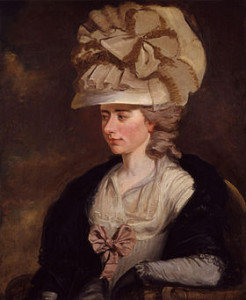 We have a first-hand account of what the experience was like for patients. In 1811, novelist Fanny Burney was diagnosed with breast cancer. She was living in France at the time and was treated by Empress Marie Louise’s doctor. She endured a mastectomy performed by seven doctors.
We have a first-hand account of what the experience was like for patients. In 1811, novelist Fanny Burney was diagnosed with breast cancer. She was living in France at the time and was treated by Empress Marie Louise’s doctor. She endured a mastectomy performed by seven doctors.
Here is part of her account:
…Bright through the cambric, I saw the glitter of polished Steel – I closed my Eyes. I would not trust to convulsive fear the sight of the terrible incision. Yet — when the dreadful steel was plunged into the breast – cutting through veins – arteries – flesh – nerves – I needed no injunctions not to restrain my cries. I began a scream that lasted unintermittingly during the whole time of the incision – & I almost marvel that it rings not in my Ears still? so excruciating was the agony. When the wound was made, & the instrument was withdrawn, the pain seemed undiminished, for the air that suddenly rushed into those delicate parts felt like a mass of minute but sharp & forked poniards, that were tearing the edges of the wound….
There’s no way to know if Burney truly had cancer or something non-malignant, but she lived almost thirty years longer. That she survived the operation and escaped infection was truly remarkable.
My dh, luckily, will have everything modern medicine can provide. For that, I’m very grateful!

